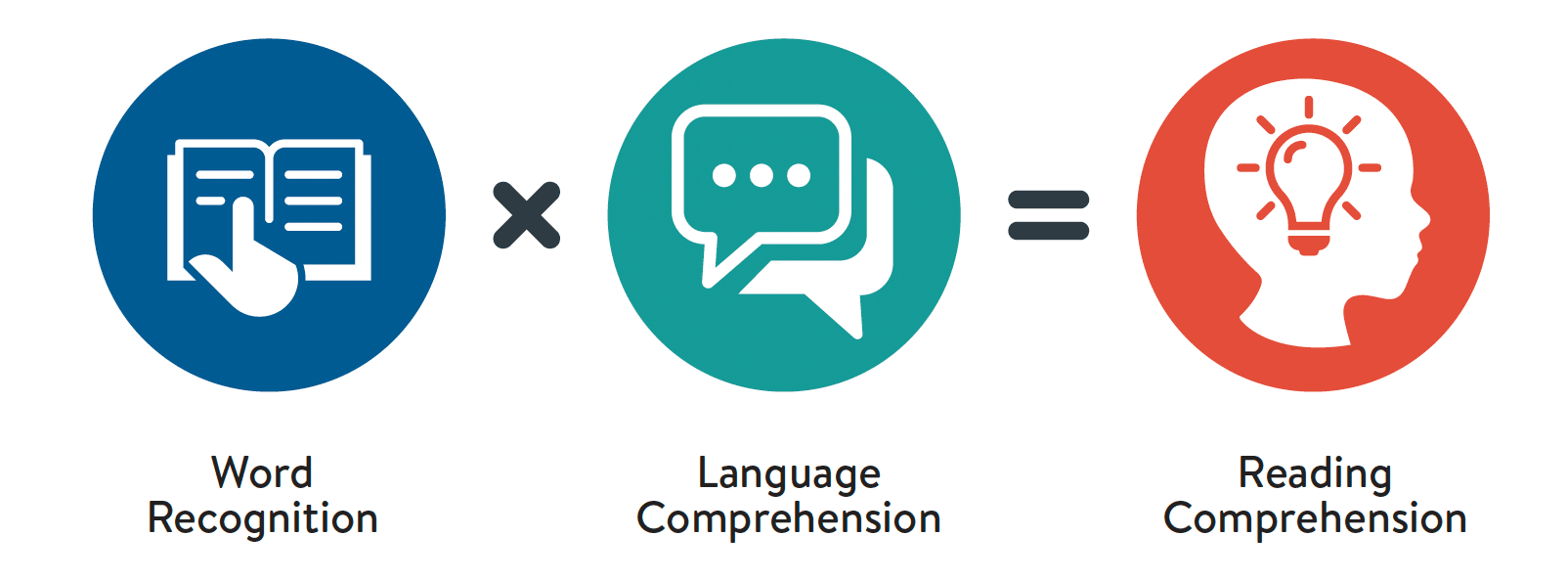How MultiLit can support schools to adapt to Queensland’s new reading approach
Queensland’s new Reading Commitment has tremendous potential to transform education outcomes for children.
The push to teach reading consistently across schools using an evidence-informed approach also presents an opportunity for educators to re-examine how they teach reading to give all children the best start in their education.
The Reading Commitment aligns Queensland education policy with what has become known as “the Science of Reading” – a vast body of multi-disciplinary research providing an understanding of how we learn to read, and the most effective instructional strategies.
What is reading?
Reading is the process of decoding and making meaning from text, which is known as reading comprehension. Unlike speaking, reading is not a skill that develops naturally – the vast majority of us need to be explicitly taught to read.
Reading comprehension occurs when a student can decode or identify words (word reading) and understands what the words are saying (language comprehension). If either component is underdeveloped, a student will not become a competent reader.
Take for example a class in which students are asked to read the sentence: ‘The car got stuck in a bog’.
Robert struggles to decode the word ‘stuck’. Stephanie decodes all the words accurately however the term ‘bog’ is unfamiliar, and she is unsure of its meaning. As a result, both children’s reading comprehension is impacted.
Felix, however, can decode all the words and knows that ‘bog’ means ‘wet and muddy ground’. As a result, he is successful in comprehending the sentence.
This framework, known as the Simple View of Reading, is a widely accepted and useful theory to assist teachers in understanding the two essential components of skilled reading.
The actual process of developing those components – word reading and language comprehension – and how they are connected is more complex, however.
Experts often refer to Scarborough’s Reading Rope when explaining the interaction and interconnectedness of the underlying sub-skills that contribute to proficient reading.
These include phonological awareness, decoding, and sight recognition (of familiar words) as well as background knowledge, vocabulary, language structures, such as syntax and semantics, verbal reasoning, and literacy knowledge.
As all of these sub-skills are developed and brought together, just like the threads of a rope, a student will gradually transition from a beginning to a skilled reader.
Translating the research into classroom practice
Both the Simple View of Reading and Scarborough’s Reading Rope underpin Queensland’s new policy, which aligns the state with the latest version of the national school curriculum.
The challenge for our education workforce is that many initial teacher training institutions have not kept pace with research into quality reading instruction.
MultiLit’s InitiaLit whole classroom program (used in Foundation to Year 2) prioritises instructing children how to decode words accurately and fluently through teaching the alphabetic code explicitly, and then providing ample opportunity for practice.
It employs systematic synthetic phonics, which has been found to be the most effective method for teaching the 26 letter or letter combinations (graphemes) and 44 speech sounds (phonemes) to enable students to blend sounds to read words.
When students repeatedly decode words using letter-sound relationships, the words are committed to long-term memory through the process of orthographic mapping, supporting fluent reading.
InitiaLit uses decodable readers so that beginning readers can apply their emerging phonic knowledge at the text level and develop their confidence as readers. To address the language comprehension strand of Scarborough’s Reading Rope, the program uses quality children’s literature to develop vocabulary and language comprehension.
MultiLit Programs fit well into a Response to Intervention framework for responding to student need. While the majority of children will learn to read via good quality whole-class instruction such as InitiaLit (Tier 1), some students will require intervention.
Students who need more intensive instruction in phonics and decoding may benefit from MiniLit Sage, MultiLit’s reading intervention program for students in Year 1 and 2, while those who need more support in language comprehension, may benefit from LanguageLift, MultiLit’s oral language intervention.
What our experts say
MultiLit Product Development Manager Alison McMurtrie said MultiLit programs have been designed to be both inclusive and account for variances in student ability.
“While MultiLit programs follow best practice instructional methods when it comes to teaching reading, they appreciate that not all children will learn to read at the same rate, some will take to it really easily, while others may face additional challenges,” she said.
“InitiaLit, for example, provides opportunities for support and extension throughout the program, with teachers given guidance about how to group students using data so that it is easier to differentiate instruction.
“The explicit approach also ensures that students who are learning English as an additional language are able to participate as well as students who may have a diagnosed disability.”
MultiLit General Manager, Queensland, Monica Wright said it was important that schools and teachers were supported through the transition.
“MultiLit is very focused on building teacher capacity,” she said. “We collaborate with schools to ensure that teachers not only grasp the theoretical underpinnings of our programs but also develop practical expertise through direct application in the classroom.”
If you would like further information about MultiLit products and how we can support your school align its practice with Queensland’s Reading Commitment, please contact [email protected].

